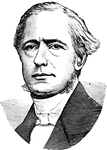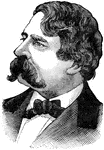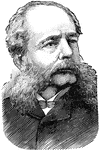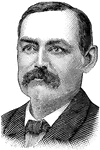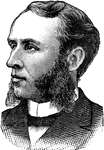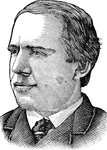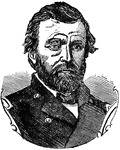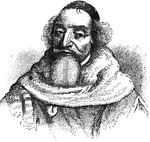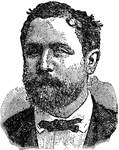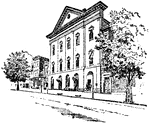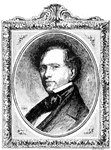
Franklin Pierce
"Franklin Pierce, president of the United States and involved in the fight for Kansas."—E. Benjamin…
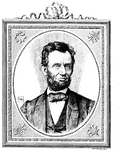
Abraham Lincoln
"Abraham Lincoln, former United States President, involved in slavery issues and the Civil War."—E.…
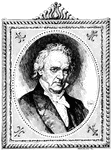
James Buchanan
"James Buchanan, fifteenth president of the United States and involved in the pre-Civil War era."—E.…

Jefferson Davis
"Jeffeson Davis, president of the Confederate States of America."—E. Benjamin Andrews 1895
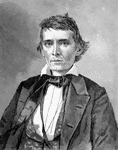
Alexander H. Stephens
"Alexander H. Stephens, Vice-President of the Confederate States of America."—E. Benjamin Andrews…
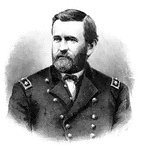
Ulysses S. Grant
"Ulysses S. Grant, president of the United States after the Civil War."—E. Benjamin Andrews 1895
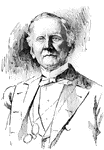
Samuel J. Tilden
"Samuel J. Tilden helped to reform the Democratic Party after the Civil War and ran for president."—E.…
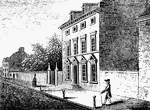
Howe's Quarters
"General Howe's quarters were in a house on High Street, one door east from the southeast corner of…

Washington Monument
"Washington Monument. The following are the inscriptions on the monument: East front: 'To George Washington,…
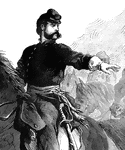
General Burnside
"Major General Burnside assuming command of the Army of the Potomac- issuing orders to his staff. 'Headquarters,…
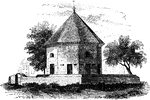
Old Magazine
"The Old Magazine. This view is from the square, looking southeast. South of it is a neat frame building,…

Nelson Tombs
"The Nelson Tombs. This view is from the burial-ground looking down the York River toward Chesapeake…

Hobkirk's Hill
"View at the Spring; Hobkirk's Hill. It is at the hed of a ravine, scooped out of the northeastern slope…
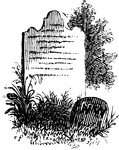
Woodhull's Grave
"Woodhull's Grave. Nathaniel Woodhull was born at Mastic, Long Island, December 30, 1722. Agriculture…
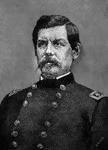
George B. McClellan
"George Brinton McClellan was born at Philadelphia, December 3, 1826. He was for two years a student…

Badge of the Loyal Legion
"The Military Order of the Loyal Legion is the first society formed by officers honorably discharged…

Robert Todd Lincoln
Son of Abraham Lincoln and U. S. Secretary of War under President Garfield's administration.
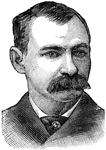
Daniel S. Lamont
Served as the United States Secretary of War during President Cleveland's second term.

Frances Elizabeth Willard
Frances Elizabeth Caroline Willard was an educator and women's suffragist. She was president of the…
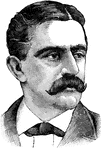
Charles Stebbins Fairchild
Fairchild was Attorney General of New York and U.S. Secretary of the Treasury. Fairchild also was president…

Elizabeth Rodgers
Mrs. Rodgers was a delegate at the Knights of Labor convention at Richmond in 1887. She organized the…
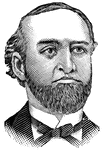
R. T. Bush
Bush is president of the Bush and Denslow Manufacturing Company, refiners and dealers in oil.
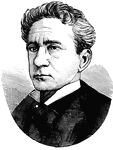
Edwin Booth
Famous 19th century actor, and brother of John Wilkes Booth, who assassinated President Lincoln. Booth…

Frances Cleveland
Frances Clara Folsom Cleveland Preston was the First Lady of the United States, President Grover Cleveland's…

General William Rosecrans
Served for the Union during the Civil War and was president of the Preston Coal Oil Company.
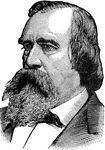
Lucius Quintus Cincinnatus Lamar II
Lucius Quintus Cincinnatus Lamar (September 17, 1825 – January 23, 1893) was an American politician…

Antonio Leocadio Guzmán Blanco
Antonio Leocadio Guzmán Blanco (28 February 1829 – 28 July 1899) was President of Venezuela for three…
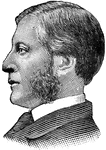
Charles W. Eliot
Educator who became president of Harvard and presided over a period of great growth which included the…

Thomas A. Hendricks
"Thomas Andrew Hendricks was born in Ohio on the 7th of September, 1819." —The Popular Cyclopedia,…
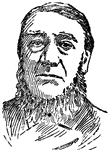
Paul Kruger
A prominent Boer resistance leader against British rule and the president of the Transvaal Republic…

Abraham Lincoln
The sixteenth president of the United States, born in Hardin county, Kentucky, Feb. 12, 1809; died April…
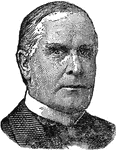
William McKinley
Twenty-fourth president of the United States, born at Niles, Ohio Jan. 29, 1843; died Sept. 14, 1901.…

James Madison
The fourth President of the United States. He was co-author, with John Jay and Alexander Hamilton, of…
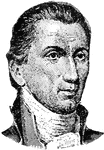
James Monroe
The fifth president of the United States, born in Westmoreland county, Virginia, April 28, 1758; died…
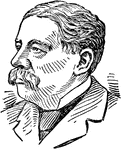
Richard Olney
A statesman, born in Oxford, Mass., Sept. 15, 1835. In 1856 he completed a course at Brown University,…
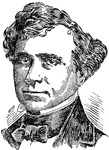
Franklin Pierce
The fourteenth president of the United States, born in Hillsboro, New Hampshire, Nov. 23, 1804; died…

James Polk
The eleventh President of the United States, serving from March 4, 1845 to March 3, 1849. Polk was born…



